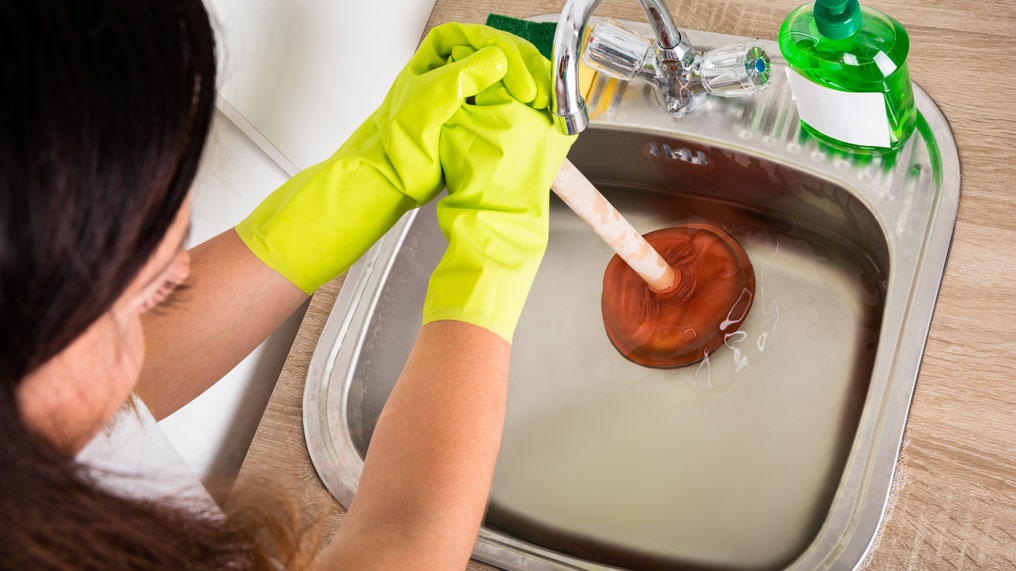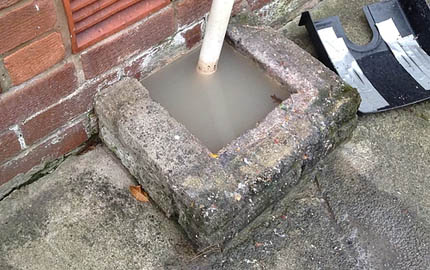What are your thoughts and feelings about What I learned from trying to deal with a clogged drain?

Intro
Handling an obstructed drainpipe can be a frustrating experience, disrupting day-to-day tasks and possibly triggering damage to your building. However, prior to reaching out to pipes specialists, there are steps you can take to deal with the concern yourself. In this overview, we'll discover do it yourself solutions and safety nets to tackle a blocked drain effectively.
Identifying the Problem
The primary step in addressing a blocked drain is acknowledging the signs. Sluggish drainage, gurgling audios, foul odors originating from drains, or water backing up prevail signs of a blocked drainpipe. Identifying these indicators early can aid protect against better issues.
Selecting the Right Pipes Service
When selecting a plumbing service, take into consideration factors such as experience, licensing, and consumer reviews. Choose a trusted plumbing with a track record of top quality handiwork and clear prices methods.
Expense Considerations
The price of specialist drain cleaning services can vary relying on the seriousness of the clog and the plumber's prices. Request quotes from numerous companies and inquire about any type of surcharges to ensure transparency and avoid shocks.
Safety Precautions
When attempting do it yourself drainpipe cleaning, prioritize safety. Wear safety handwear covers and eyewear to stay clear of contact with unsafe chemicals or germs. Never blend various drain cleansing items, as this can produce dangerous fumes.
Situation Studies
Real-life examples illustrate the performance of DIY options and the relevance of timely professional treatment in fixing drain clogs.
Common Reasons For Obstructed Drainpipes
Recognizing the elements that contribute to drain clogs is important for reliable resolution. Typical culprits consist of hair, soap scum, oil, food debris, and international objects like hygienic products or paper towels. Tree roots invading below ground pipes can likewise create considerable clogs.
DIY Solutions
For minor clogs, numerous DIY options can be effective. Putting boiling water down the drainpipe can aid liquify oil and particles. Sodium bicarbonate and vinegar or a mixture of salt and baking soda can serve as all-natural cleansers. Using a plunger or plumbing snake to remove obstructions is one more choice.
Tools and Devices
Having the right tools available can make DIY drain cleaning more efficient. A bettor is a functional device for removing obstructions in sinks, toilets, and showers. A plumbing snake or auger can get to deeper blockages, while drainpipe cleansing chemicals can be used cautiously for persistent blockages.
Safety nets
To stay clear of future clogs, adopting preventive measures is vital. Set up drainpipe guards or filters to catch hair and particles prior to they get in the pipes. Consistently flush drains pipes with hot water to dissolve oil accumulation, and prevent getting rid of oil or strong waste away.
When to Call an Expert
While do it yourself remedies can solve small obstructions, certain signs show the requirement for specialist support. Relentless blockages, foul odors in spite of cleansing efforts, or multiple drains backing up concurrently are warnings that necessitate professional intervention.
Final thought
By adhering to the pointers outlined in this guide, you can efficiently take on obstructed drains pipes and stop future pipes concerns. Whether going with DIY solutions or looking for expert assistance, punctual activity is essential to keeping a healthy and balanced plumbing system and maintaining the stability of your home.
How to Clear a Clogged Drain Yourself (And When to Call In the Professionals)
What Can Clog a Drain
Dirt Skin flakes Hair Grease Soap scum Food Offset pipes Tree roots Small objects Mineral buildup DIY Tricks to Unclog a Drain
You can fix this! Once you have identified the source of the clog (or have a vague idea), you can try one or a combination of these fixes in order to clear your plumbing.
Wire Hanger or Snake
Untangle and clear out hair from a drainpipe with a homemade snake. Use a straightened-out wire hanger with a 90-degree angle hook to locate the clog and drag out any unwanted material.
Remember not to push the clog further down to where the wire hanger cannot reach! If you need to follow up with a plunger, give it a try. Your efforts might be more successful after it’s been wire-snaked.
If you want to get fancy and don’t have a wire hanger to spare, head to the store and pick up a hand-operated drain snake. You can get one for $10-$30. It may save you the hassle, and provide additional length to reach deep into the clogged pipe.
Plunger
A cup plunger has a suction cup attached to a wooden handle. The rubber creates a seal around the drain, and increases the pressure force of the plunger.
Plunge for 30-second increments to loosen the clog. This may need to be repeated over the course of 15-20 minutes. Once plunged, run the water to flush the remaining material out of the drain.
Remember– never use a plunger if you have used a chemical drain cleaner. These chemicals can splash up from the force of the plunger and cause serious injury or burns.
Boiling Water
Hot water can sometimes break up materials into a flushable amount. Dirt, grease, and soap buildup requires heat in order to unstick from surfaces.
Take your kitchen kettle and heat your water to a boil. Once it reaches a rolling boil, pour it directly down the drain into the blockage. Carefully follow with plunging, if necessary.
Don’t worry if this takes more than one try! It can often take multiple kettles and repeated plunging in order to clear a particularly stubborn clog.
Chemical Drain Cleaner
As a last resort, pick up a bottle of chemical drain cleaner. Drain-cleaning chemicals are potent, and not very good for the environment.
You may need to wear protective eyewear in gloves before handling your bottle of chemical drain cleaner. Follow the instructions printed on the bottle, and flush with water as soon as the instructions allow. Do not follow with plunging.
Baking Soda and Vinegar
As a safer alternative to chemical drain cleaner, baking soda and vinegar can create a chemical reaction that clears tough clogs.
Combine one cup of cleaning vinegar with one cup of boiling water, and set aside. Once you have done this, pour half a cup of baking soda down the drain. Give the baking thirty seconds to settle and cover a large portion of the problem drain.
Following the baking soda, pour down your vinegar and hot water solution. Once the vinegar and baking soda combine, the mixture will bubble and fix. Let this reaction fizzle in the drain for about an hour.
After an hour, follow with a kettle’s worth of hot water. The heat and liquid should flush out any remaining material.
When to Call a Plumber
If your DIY attempts haven’t cleared your clog drain, it’s time to call in a professional. It’s not worth losing access to your kitchen sink or high-traffic bathroom. A clog in a vital area can keep you from the things you’d rather be doing, and derail your routine.
Anytime a clog is causing water to spread is a time to call in a plumbing service. What starts out as a little bit of water can quickly grow into serious, expensive water damage.
Additionally, a serious clog can result in burst pipes or serious leaks. Make sure you know when to take it seriously!
https://myguysnow.com/how-to-clear-a-clogged-drain-yourself-and-when-to-call-in-the-professionals/

I ran across that write up about Some easy tips to fix blocked drains when doing a search on the web. For those who enjoyed reading our blog post if you please be sure to share it. Kudos for your time. Don't hesitate to check our website back soon.
This Website